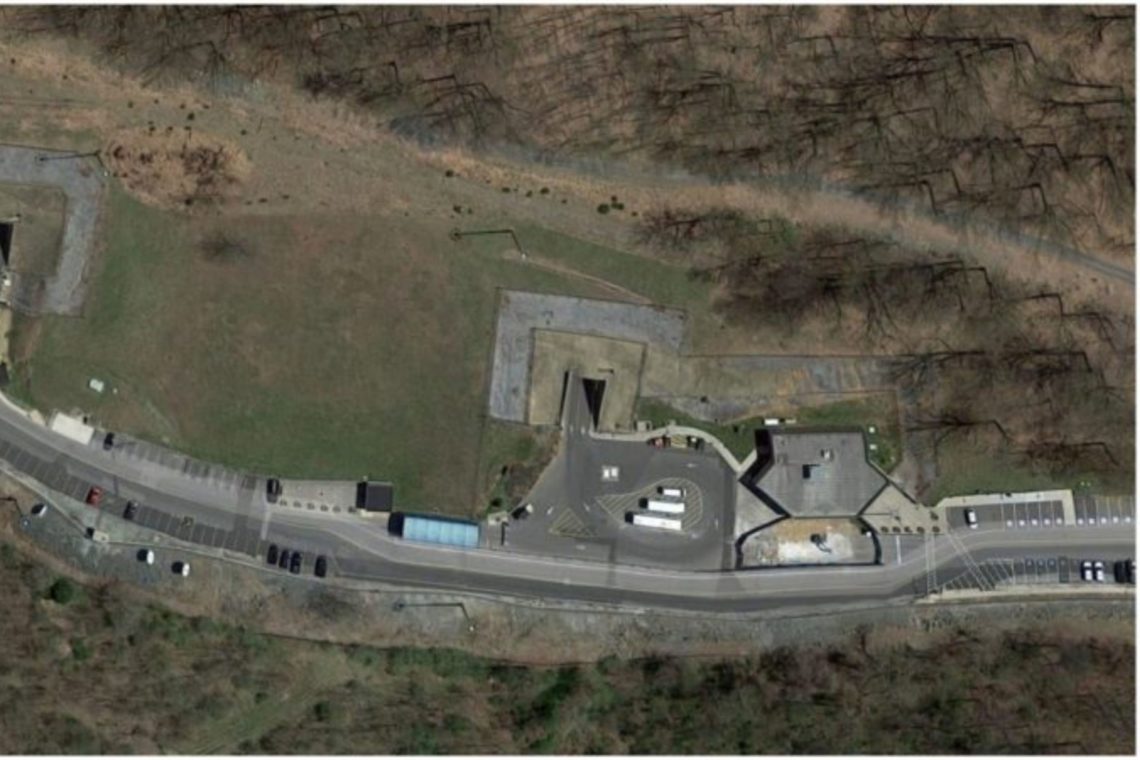Iran’s Fordow nuclear facility, buried beneath a mountain near the city of Qom, has become a focus of global military attention following the most recent Israeli airstrikes.
It is one of the most heavily fortified military sites in the world, and its resilience highlights a broader pattern: nations around the world have built underground bases to shield key military infrastructure from attack.
Fordow is dug half a mile underground, lined with reinforced concrete, and surrounded by air defenses. It was built to survive a direct air strike and keep functioning.
“Fordow is the be-all and end-all of Iran’s nuclear operation,” Behnam Ben Taleblu, a senior fellow at the Foundation for Defense of Democracies, told the Financial Times. The site could produce enough weapons-grade uranium for nine nuclear bombs in about three weeks, according to estimates by the Institute for Science and International Security.
Iran said the facility was attacked last week, though damage was limited. Most military analysts believe the site could only be heavily damaged or destroyed with an American-made bunker-buster bomb and the B-2 stealth fighter configured to drop it. And even then, it is far from a certainty.
Danny Citrinowicz, an analyst at Israel’s Institute for National Security Studies, told Vijesti, “Without U.S. help, Fordow will be a big challenge. It’s heavily fortified and deep in the mountain. I’m not sure how much damage we can do there.”
Fordow is one of many such facilities. Most major military powers have built underground bunkers—some dating back to the Cold War, others still active. While estimates suggest there could be over 10,000 of these sites worldwide, only a handful are widely known.
U.S. Sites
In the United States, Raven Rock Mountain Complex in Pennsylvania—also known as the “Underground Pentagon“—connects to Mount Weather in Virginia and Cheyenne Mountain in Colorado. These sites are built to maintain government operations in a crisis.
Cheyenne Mountain houses NORAD operations and was built to withstand a 30-megaton nuclear blast. In North Dakota, Minot Air Force Base hosts a network of underground silos for nuclear missiles.
Texas’s West Fort Hood once stored nuclear weapons in tunnels carved into the hillside. During the Cold War, Project Iceworm in Greenland housed nuclear equipment in ice tunnels at Camp Century.
Russia and China
Russia’s secretive underground transport system Metro-2 system, or D-6, is thought to link key command posts beneath Moscow to facilities such as Vnukovo-2 airport. Meanwhile, the mysterious Mount Yamantau in the southern Urals is believed to conceal a vast nuclear weapons storage or command facility.
The Kremlin has never confirmed its purpose.
China’s Longpo Naval Base, located on Hainan Island, includes a sophisticated tunnel system that enables submarines to discreetly enter and exit from the South China Sea. The facility is believed to play a critical role in supporting China’s second-strike nuclear capability.
It features an underground complex designed to shield nuclear submarines from aerial surveillance and potential attack. The base includes six wharves—each approximately 755 feet long—capable of accommodating up to 12 submarines. Longpo is part of the larger Yulin Naval Base complex, which serves as a strategic hub for the People’s Liberation Army Navy’s South Sea Fleet.
Project 131 in Hubei was another Cold War-era command site, though it has since been decommissioned.
North Korea
North Korea has built extensive underground missile bases, including the Kumchang-ri facility discovered in 1989. While Pyongyang claimed it was a food storage site, U.S. intelligence suspected it was used for nuclear work. These bases are carved into mountains and designed to survive strikes.
Iran’s Expansion
Fordow is not Iran’s only secure site. Tehran is believed to be is building an even more protected facility at Kuh-e Kolang Gaz La—also known as Pickaxe Mountain—south of Natanz. This site is planned to be even deeper underground, with at least four tunnel entrances and larger internal space. The International Atomic Energy Agency (IAEA) has not been allowed to inspect it.
Fordow was built in secret and revealed publicly in 2009 when U.S., British and French officials declassified intelligence on its existence. The disclosure led to increased sanctions and was central to the 2015 nuclear deal negotiated by the Obama administration and known as the Joint Comprehensive Plan of Action.
After Trump withdrew from that agreement during his first term in 2018, Iran resumed higher levels of uranium enrichment by restarting operations at Fordow.
The post Satellite Images Show Underground Military Installations Around the World appeared first on Newsweek.




